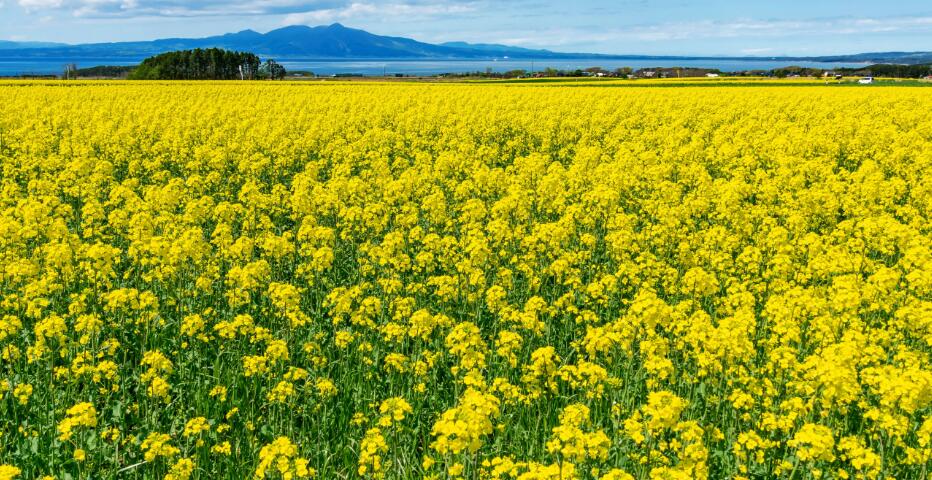BAI Yujie, ZHAO Ran, CUI Shunli, HOU Mingyu, LI Xiukun, LIU Lifeng, LIU Yingru
This study investigated the impacts of drought on the agronomic,physiological,and biochemical characteristics of peanuts developed a classification methodology for drought resistance,screened the varieties of peanut with drought resistant.Agronomic traits of 27 peanut germplasms under drought stress were measured 30 days after sowing,and drought resistance was graded by correlation analysis,principal component analysis,cluster analysis,and membership function method.Drought-resistant peanut JNH3,intermediate L231,and drought-sensitive L236 were selected for determination of physiological and biochemical indexes and microstructure observation,and different drought-resistant peanut germplasms were identified.The results showed that after drought treatment,the decrease in main stem height ranged from 2.26% to 34.06%,the length of first branches decreased from 1.11% to 57.20%,the main stem base coarse decreased from 1.54% to 38.36%,and the root-shoot ratio decreased from 65.01% to 92.83% under different environments.According to the comprehensive weighted membership function,peanut materials were grouped into three types:drought-resistant,intermediate,and drought-sensitive.Among them, the above-mentioned traits of the intermediate type and the drought-sensitive type peanuts reached a significant level compared with the control. Under drought stress,ROS in functional leaves of peanut increased,and different expressions of ROS were found by NBT and DAB staining,among which NBT and DAB staining were JNH3,L231,and L236 from light to deep,conforming to the classification of drought resistance type.Compared with the control,the POD activity of JNH3,L231,and L236 increased by 42.71%,26.04% and 20.59% respectively,among different varieties,and CAT activity trend was consistent with the above.The SOD activity of JNH3,L231,and L236 increased by 48.01%,63.49% and 73.15% respectively,among different varieties,and the MDA activity trend was consistent with the above.The proline content of JNH3,L231,and L236 was increased by 1.1,1.07 and 1.03 times,and the soluble sugar content of JNH3,L231,and L236 was increased by 44.06%,31.54%,and 38.62% respectively,among different varieties.Under drought stress,peanut root growth was limited,the total root length and total root area were significantly reduced,the root tip cells were partially necrosis,and the degrees were shallow to deep in JNH3,L231,and L236 respectively.
